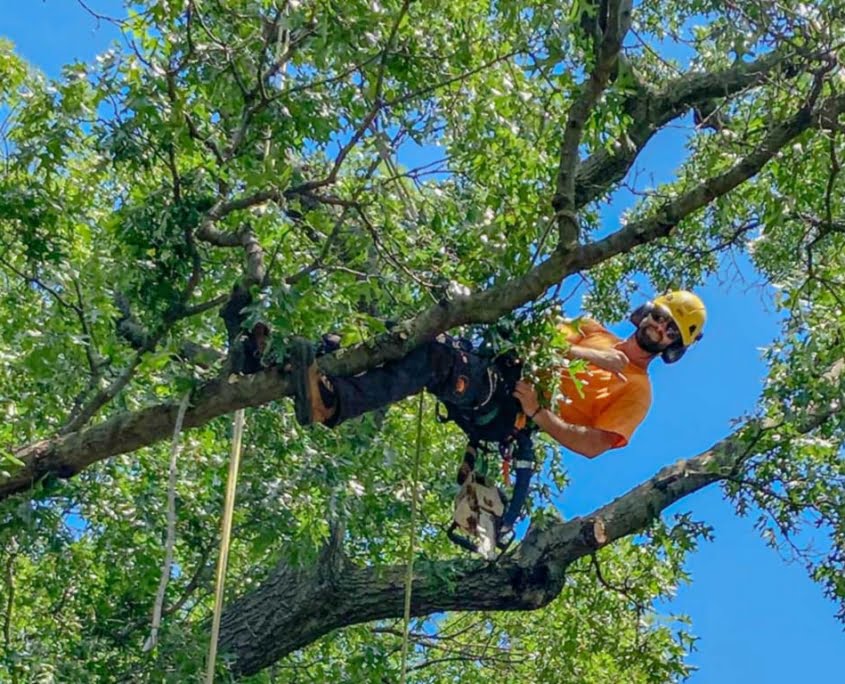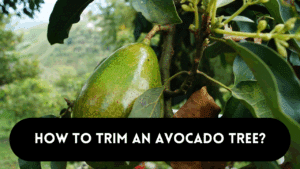Cutting down a palm tree is a significant task that requires careful planning and execution. Whether it’s for safety reasons, aesthetic considerations, or other factors, understanding the process is crucial to ensuring a safe and successful tree removal. This guide will walk you through the essential steps for cut down a palm tree, emphasizing the importance of safety and proper technique.
Why Cutting Down a Palm Tree Is Important?
Cutting down a palm tree is a decision that is frequently taken for a variety of reasons, each with its own set of justifications. One of the key reasons for removing a palm tree is for safety. Palm trees can become structurally unstable over time, especially if they’ve been afflicted by illnesses or pest infestations, rendering them prone to toppling.
A collapsing palm tree can endanger people, buildings, and other things. In such instances, preemptive evacuation is the appropriate decision to avoid potential accidents and property damage.
Another typical reason for palm tree removal is for aesthetic reasons. While palm trees are renowned and valued for their tropical attractiveness, they may not necessarily complement the landscape or architecture of a certain property.
Homeowners or property managers may choose to remove a palm tree to improve the visual element of their surroundings, ensuring that it matches their tastes or landscape design.
Furthermore, palm trees reaching the end of their natural lives may begin to deteriorate in health and vigor. These elderly trees may become an eyesore, with browning fronds and crumbling trunks. In such cases, removal is frequently considered to preserve the overall aspect and attractiveness of the landscape.
Tools you’ll need
- Chainsaw: A chainsaw with a sharp chain is essential for cutting through the palm tree trunk and branches.
- Extension ladder: This is used to access higher parts of the tree safely.
- Handsaw or pruning saw: A smaller saw is handy for making more precise cuts or for sections that the chainsaw can’t reach.
- Ropes: Ropes are used to control the direction in which the palm tree falls and can be crucial for safety during the cutting process.
How to Cut Down a Palm Tree?
Let’s go over how to securely cut down a palm tree:
1. Safety First:
Your main focus should be safety. Wear a hard hat to protect your head from falling debris and branches. Safety goggles will protect your eyes from wood chips and sawdust, and hearing protection is required owing to the noise produced by the chainsaw.
Wear gloves as well to get a firm hold on your tools. Make sure the area around the palm tree is free of any people, dogs, or obstructions that might be hurt during the cutting procedure.
2. Examine the tree:
Before you begin, examine the palm tree closely to establish its general health and any threats. This evaluation will assist you in better planning the cutting procedure.
Make sure you’ve decided which way you want the tree to fall. It should be thrown away from any surrounding structures, cars, or trees.
3. Make a plan:
It is critical to plan ahead of time. Determine where you’ll make the falling cut (also called the notch cut) and the back cut. The felling cut should be done on the side of the tree facing the intended fall direction.
The back cut should be somewhat higher than the bottom of the falling cut, with a short, uncut part left as a hinge. Carefully planning these incisions ensures that the tree falls in the proper direction.
4. Felling Cut:
Climb the extension ladder to access the area where you’ll make the felling cut. This cut should be a horizontal cut into the tree, positioned about one-third of the way through the trunk.
It’s crucial to make the felling cut on the side of the tree that faces the direction you want it to fall. The felling cut should be made slightly above the height where you want the bottom of the notch cut to be.
5. Notch Cut:
A notch cut is formed by cutting a triangular piece off of the side of the tree opposing the anticipated fall direction. This notch cut should meet with the top of the falling cut, forming a 70-degree angle. The size and precision of this cut are crucial in managing the tree’s fall.
6. Back Cut:
Now that the notch cut is complete, it’s time to make the back cut. This cut should be made just above the bottom of the felling cut and should be level and parallel to the ground. Leaving a little uncut section as a hinge can help direct the tree’s fall more precisely.
7. Push or pull:
Depending on the size of the palm tree and the equipment available, you can use ropes and a truck to either push or pull the tree in the correct direction while you cut through the hinge. This stage is critical for managing the fall and avoiding any possible risks.
8. Retreat in Safety:
As the tree begins to fall, it is critical to react quickly and withdraw to a safe distance in the designated fall direction. Never stand close to or under a falling tree since it is exceedingly dangerous.
9. Clean Up:
Even once the tree has safely fallen, the job is not over. Remove any remaining branches with care and tidy up the debris. Dispose of the tree waste in accordance with local legislation, since certain places have special tree disposal requirements.
Cutting down a palm tree needs expertise, planning, and a strong emphasis on safety. If you are unsure about any aspect of this operation or if the tree is extremely huge, it is strongly advised that you employ a professional tree removal service. Their knowledge and experience assure not only your safety but also the safe and effective removal of the palm tree.
When to Cut Down a Palm Tree?
The timing for cutting down a palm tree is generally flexible and not as specific as the timing for trimming other types of trees. Palm trees can be removed throughout the year. However, it’s often considered more convenient during the dry season or when the tree is not actively producing new growth.
This choice is primarily based on practicality rather than the health of the palm tree, since palm trees do not experience the same dormancy patterns as deciduous trees. Regardless of the season, it’s essential to take safety precautions and plan the removal carefully to ensure a safe and efficient process.
FAQS
Q: Can I chop down a palm tree at any time of year?
A: Palm trees can be removed at any time of year; however, it is frequently more convenient during the dry season or when the tree is not actively developing.
Q: Do I need specific tools to chop down a palm tree?
A: Yes, important gear such as a chainsaw, extension ladder, handsaw or pruning saw, and ropes are required for safe and successful tree removal.
Is it unsafe to take down a palm tree?
A: Because of the height and weight of the tree, it can be dangerous. Safety measures and good technique are essential.
Q: Can I remove a palm tree for solely cosmetic reasons?
A: Many people do opt to remove palm trees.
Conclusion
Cutting down a palm tree involves thought, preparation, and safety precautions. Whether for safety, aesthetics, or other reasons, the decision to remove a palm tree should be taken carefully.
Tree removal may be done safely and effectively when done correctly, ensuring that the tree falls in the appropriate direction and reducing possible dangers. A professional tree removal service is recommended in difficult or high-risk scenarios to ensure a safe and successful approach.




